Raloxifene Information
What is this drug used for?
– It is used to put off soft, brittle bones (osteoporosis) in women after change of life.
– It is used to treat soft, brittle bones (osteoporosis) in women who have been through menopause (change of life).
– It is used to help prevent breast cancer in women after the change of life who have soft, brittle bones (osteoporosis) or those with more of a chance of getting breast cancer.
– It may be given to you for other reasons. Talk with the doctor.
Possible side effects
Raloxifene may cause side effects. Tell your doctor if any of these symptoms are severe or do not go away:
– Hot flashes.
– Leg cramps.
– Flu-like signs.
– Sweating a lot.
– Headache.
– Upset stomach.
– Stomach pain or diarrhea.
– Muscle or joint pain.
– Trouble sleeping.
– Weight gain.
– Signs of a common cold.
Some side effects can be serious. If you experience any of these symptoms, call your doctor immediately or get emergency medical treatment:
– Signs of an allergic reaction, like rash; hives; itching; red, swollen, blistered, or peeling skin with or without fever; wheezing; tightness in the chest or throat; trouble breathing, swallowing, or talking; unusual hoarseness; or swelling of the mouth, face, lips, tongue, or throat.
– Weakness on 1 side of the body, trouble speaking or thinking, change in balance, drooping on one side of the face, or blurred eyesight.
– Change in eyesight.
– A lump in the breast, breast pain or soreness, or nipple discharge.
– Enlarged breasts.
– Vaginal bleeding that is not normal.
– Swelling in the arms or legs.
– Low mood (depression).
– Call your doctor right away if you have signs of a blood clot like chest pain or pressure; coughing up blood; shortness of breath; swelling, warmth, numbness, change of color, or pain in a leg or arm; or trouble speaking or swallowing.
Medication Safety Issues
Sound-alike/look-alike issues:
Evista may be confused with AVINza, Eovist
Raloxifene may be confused with ospemifene, toremifene
Storage/Stability
Store at 20?C to 25?C (68?F to 77?F); excursions permitted to 15?C to 30?C (59?F to 86?F)
Adverse Reactions
>10%:
Cardiovascular: Peripheral edema (3% to 14%)
Endocrine & metabolic: Hot flash (8% to 29%)
Infection: Infection (11%)
Neuromuscular & skeletal: Arthralgia (11% to 16%), leg cramps (?12%), muscle spasm (?12%)
Respiratory: Flu-like symptoms (14% to 15%)
1% to 10%:
Cardiovascular: Chest pain (3%), syncope (<2%), venous thromboembolism (1% to 2%; includes deep vein thrombosis, pulmonary embolism, retinal vein thrombosis)
Central nervous system: Insomnia (6%), hypoesthesia (<2%), neuralgia (<2%)
Dermatologic: Skin rash (6%), diaphoresis (3%)
Endocrine & metabolic: Weight gain (9%)
Gastrointestinal: Abdominal pain (7%), vomiting (5%), gastrointestinal disease (3%), flatulence (2% to 3%), gastroenteritis (?3%)
Genitourinary: Vaginal hemorrhage (3% to 6%), mastalgia (4%), leukorrhea (3%), urinary tract abnormality (3%), uterine disease (3%), endometrium disease (?3%)
Neuromuscular & skeletal: Myalgia (8%), tendon disease (4%)
Respiratory: Bronchitis (10%), sinusitis (10%), pharyngitis (8%), pneumonia (3%), laryngitis (?2%)
<1%, postmarketing, and/or case reports: Cerebrovascular accident, decreased LDL cholesterol (Delmas 1997; Walsh 1998), decreased serum cholesterol (Delmas 1997; Walsh 1998), decreased serum fibrinogen (Walsh 1998), hypertriglyceridemia (in women with a history of increased triglycerides in response to oral estrogens), retinal vein occlusion, superficial thrombophlebitis
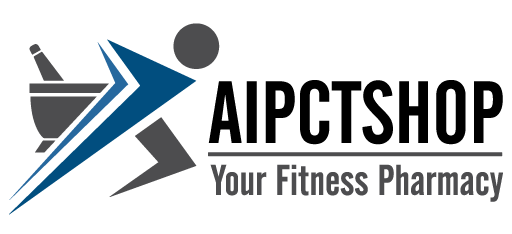
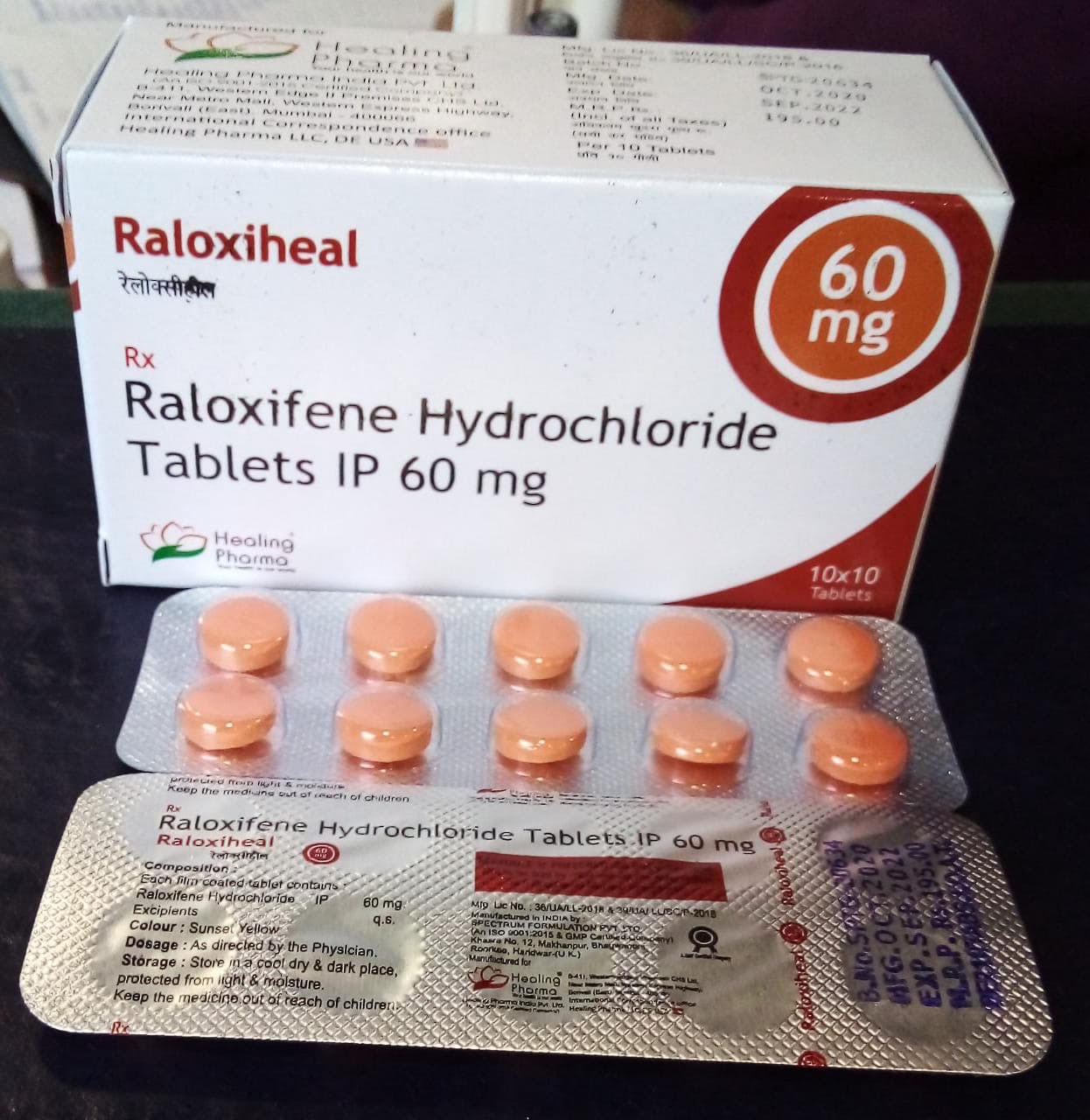
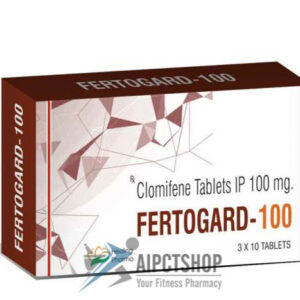
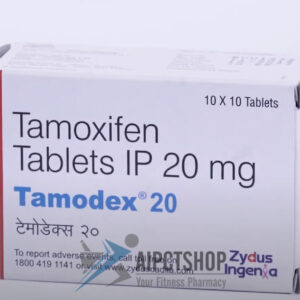

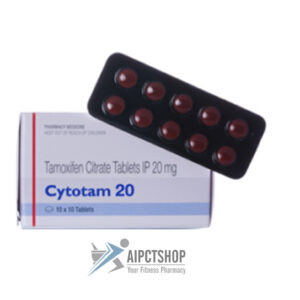

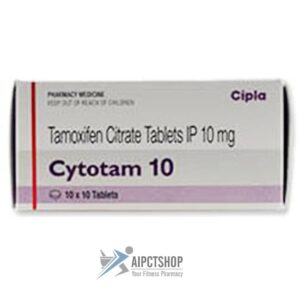
Reviews
There are no reviews yet.